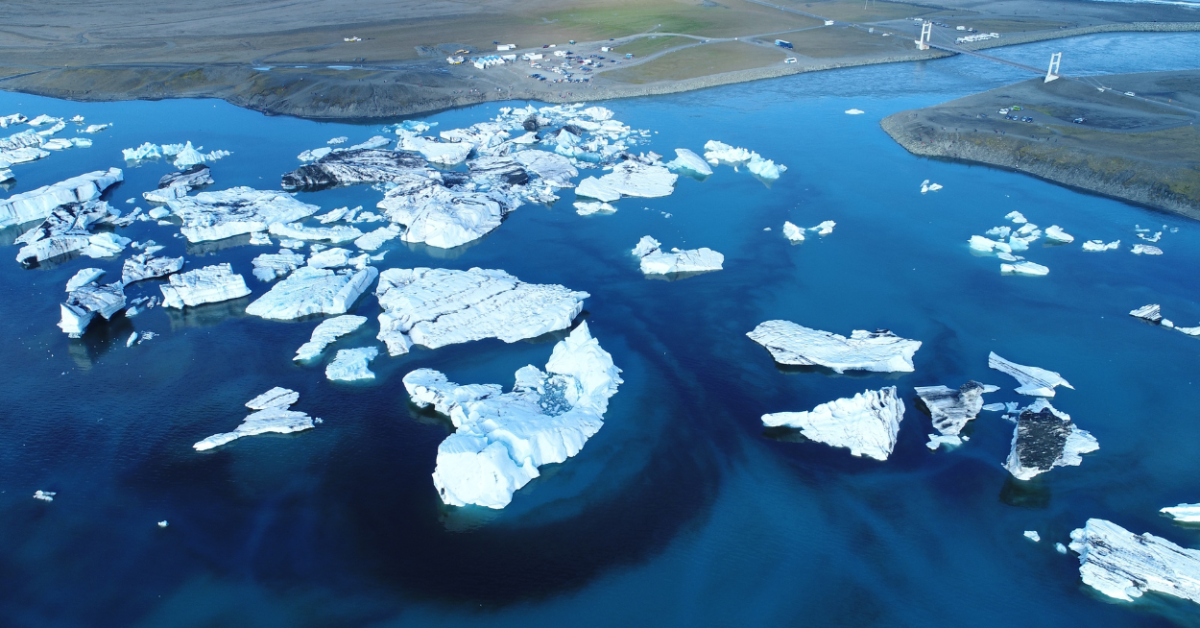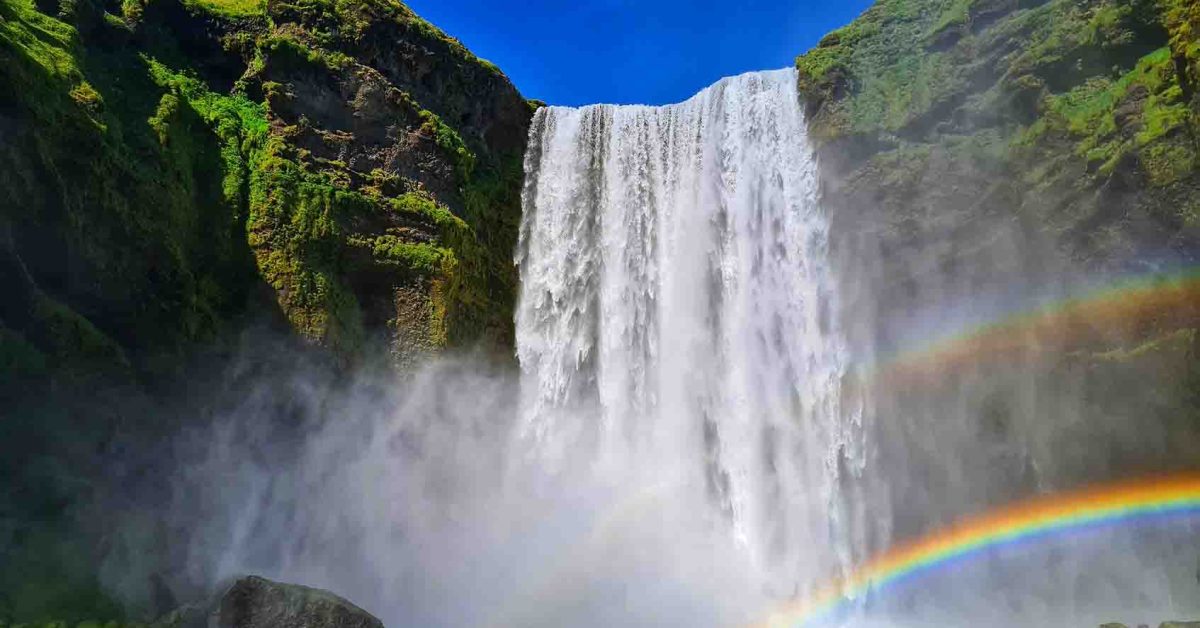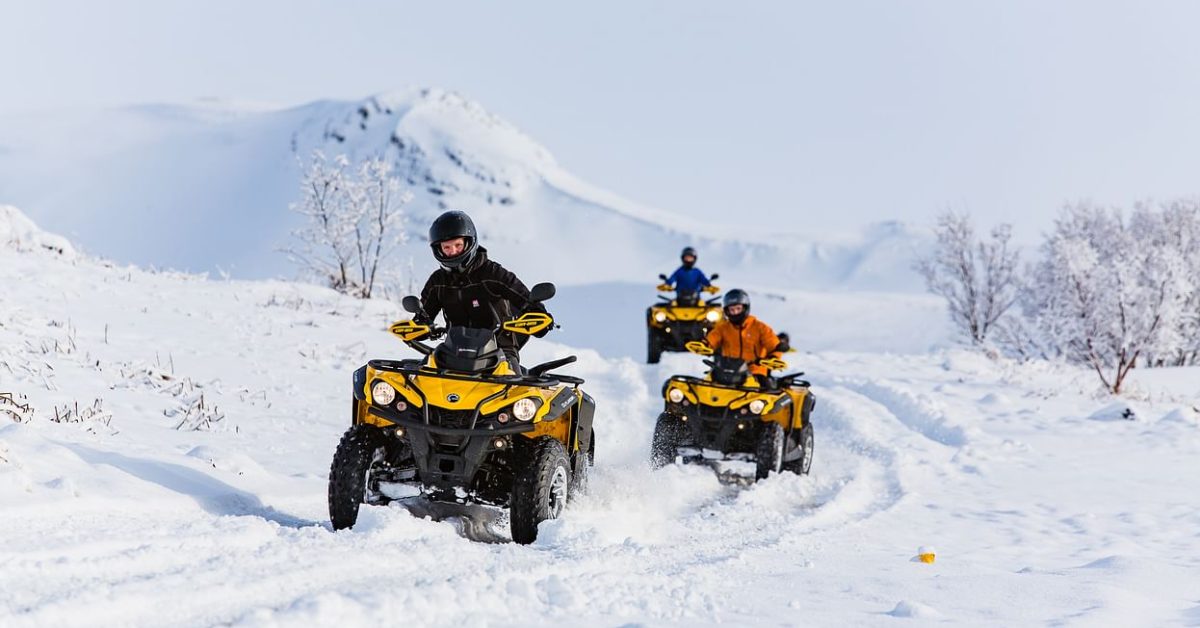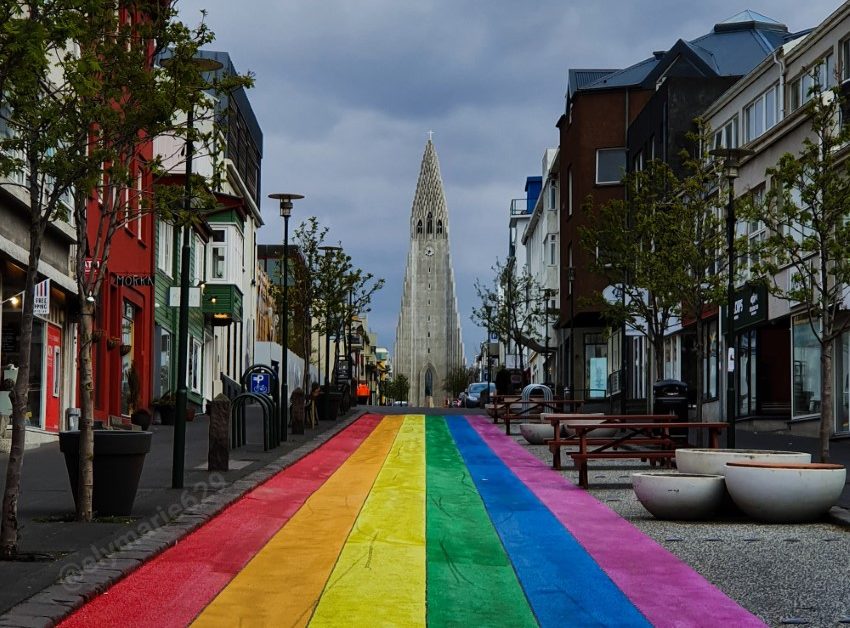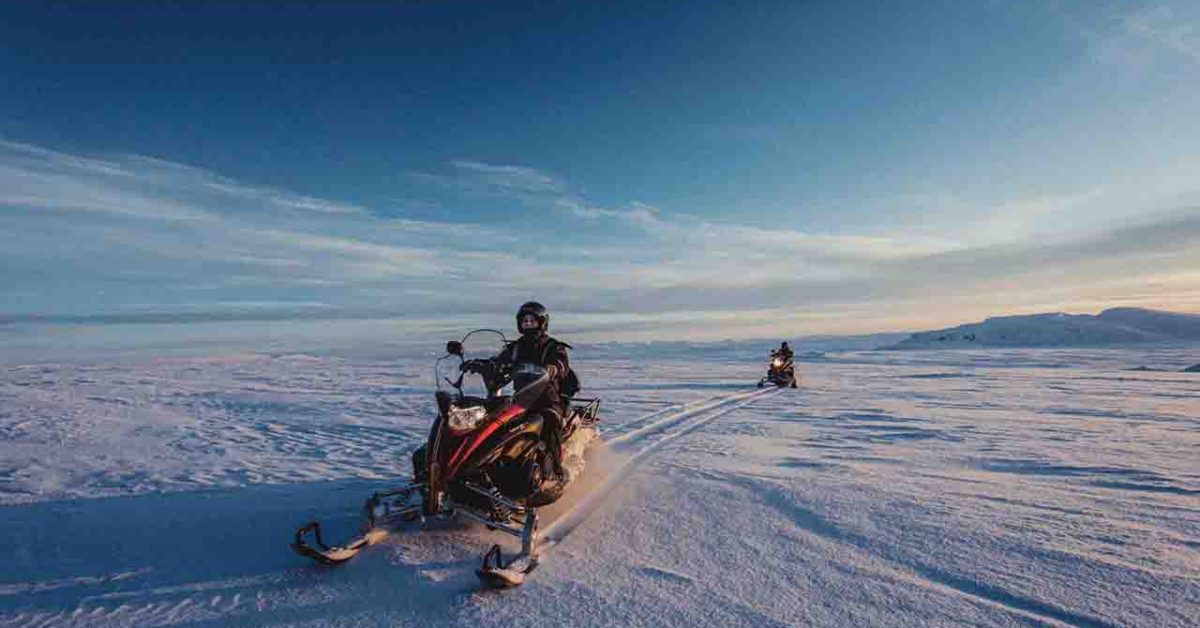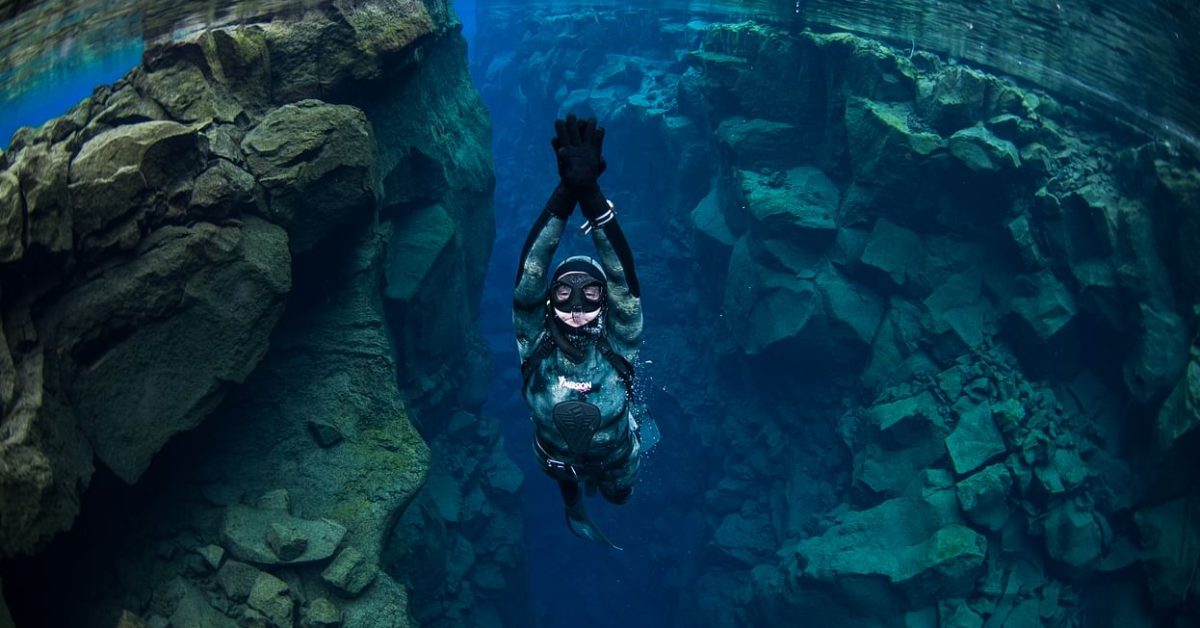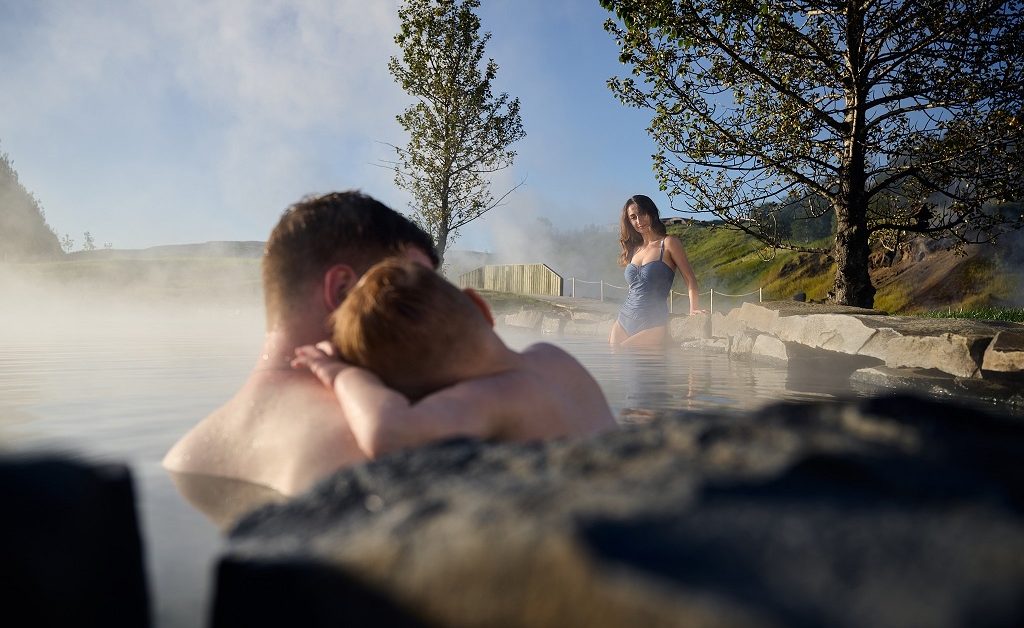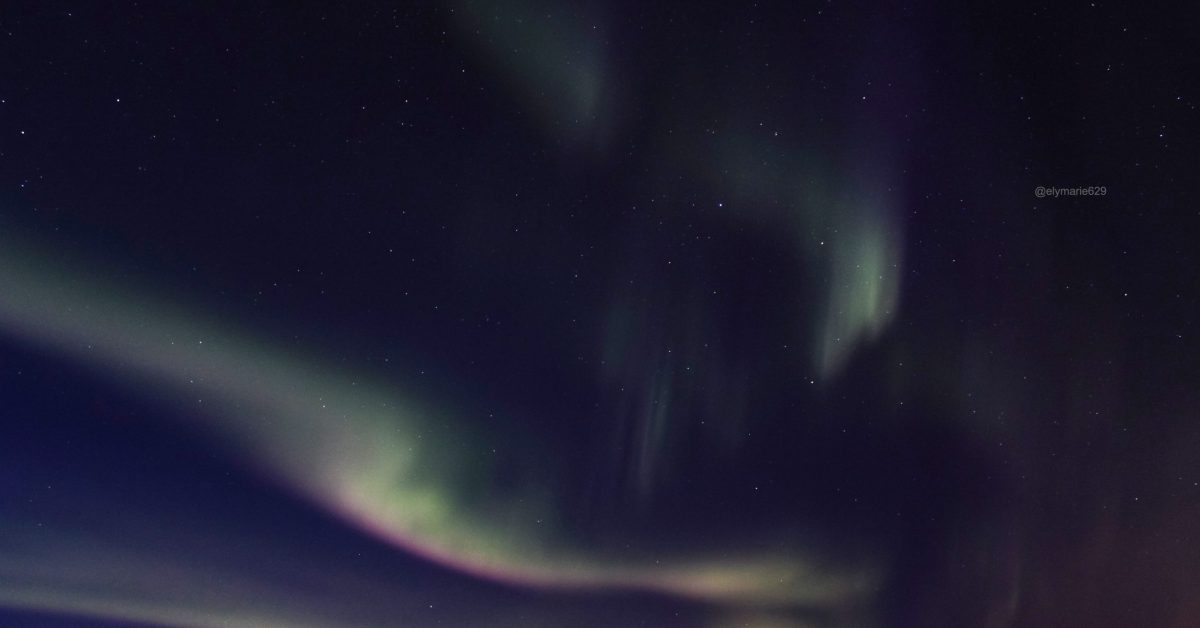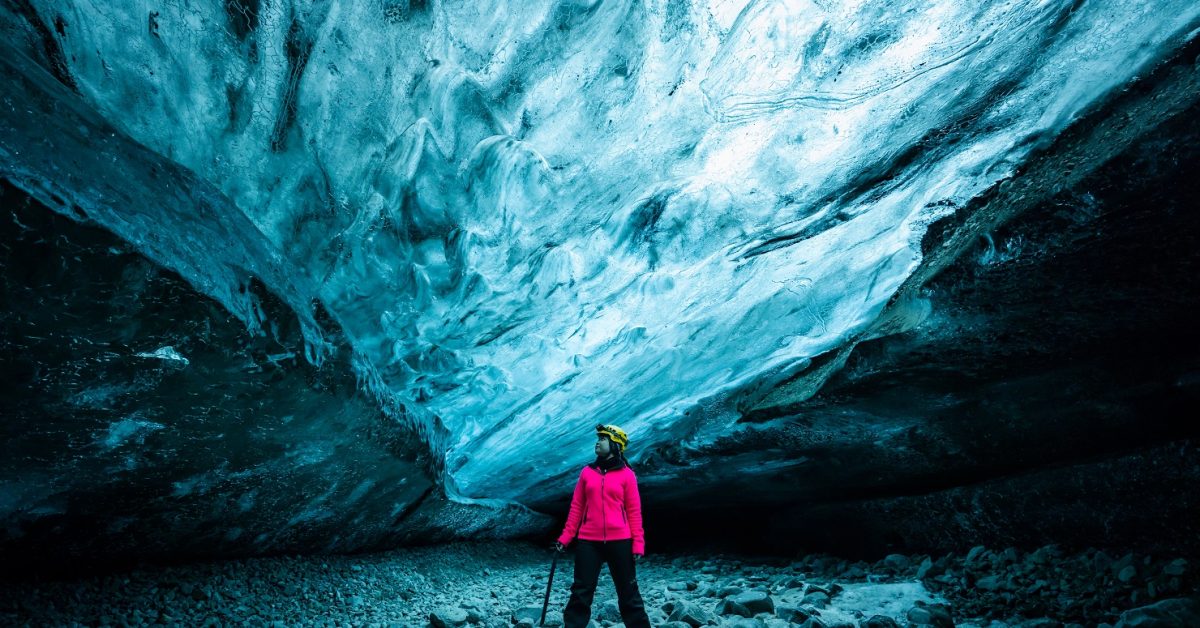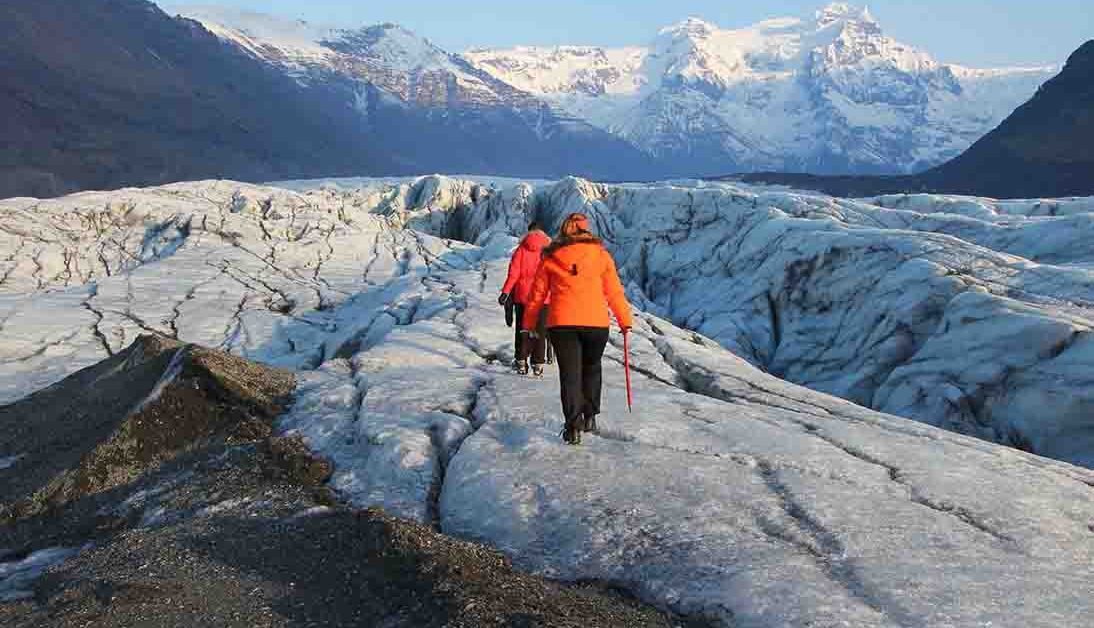Iceland in November. Is still worth visiting?
As the winter approaches, the weather becomes more complex in Iceland, and many travellers wonder if it’s worth visiting Iceland during the winter months.
Yes, the weather is challenging, and yes, you should visit Iceland during winter. It may sound unclear, but we have some tips for you. Keep reading!
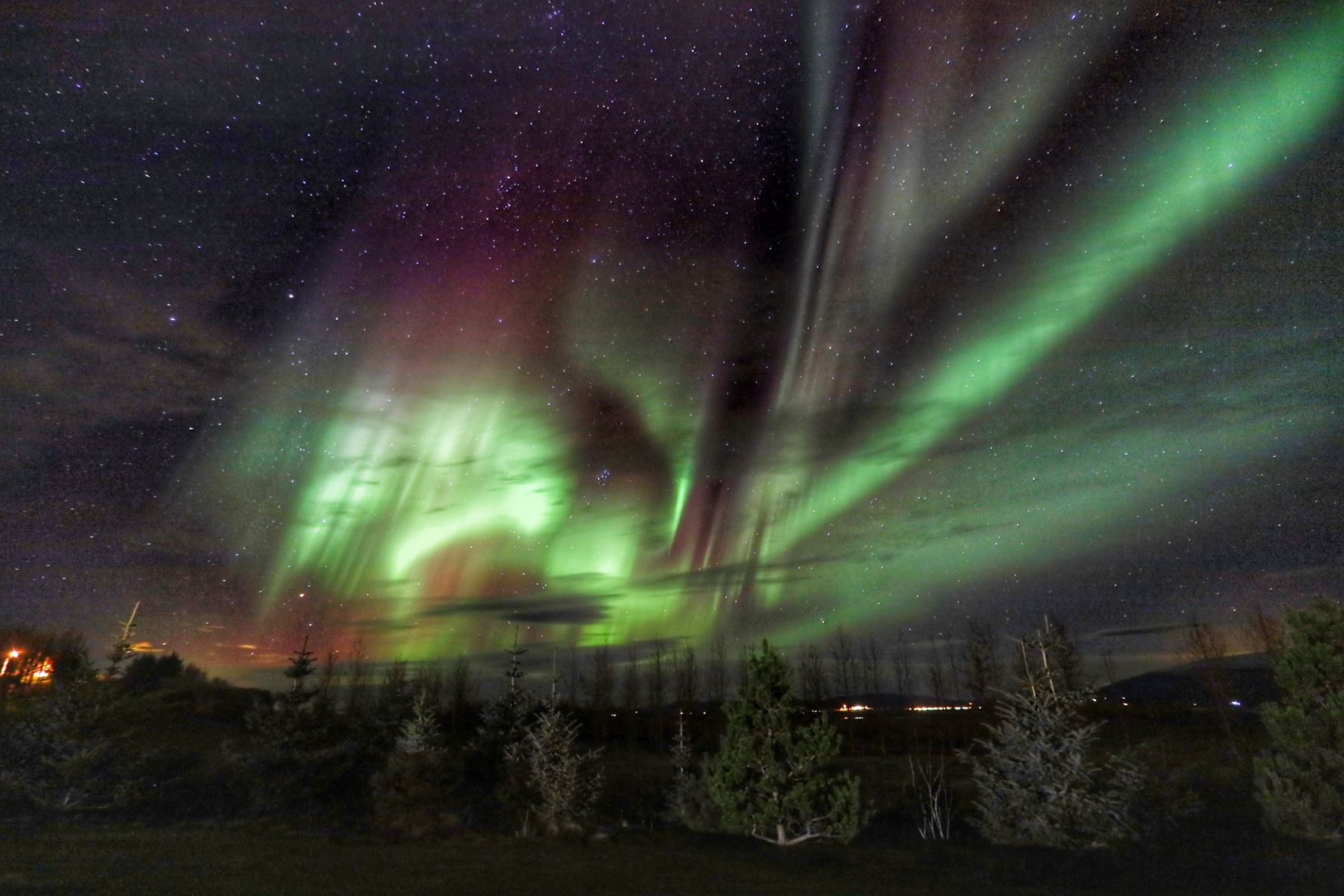
November is the first month when the Polar Night is getting installed in Iceland. The days are getting shorter and shorter as the month passes, and the weather is getting colder and moodier. Strong winds and rain are more present, and the night is longer.
Weather in Iceland in November
November in Iceland ushers in colder temperatures and shorter daylight hours as winter settles in. Expect average temperatures hovering around 0 to 5 degrees Celsius (32 to 41 degrees Fahrenheit), with a higher likelihood of snowfall and frosty winds.
Days grow noticeably shorter, offering fewer daylight hours to explore the breathtaking landscapes. It’s crucial to dress in layers, including thermal undergarments, insulated jackets, waterproof outer layers, sturdy boots, and accessories like hats, gloves, and scarves to combat the cold and wind.
Weather conditions can change swiftly, so be prepared for sudden shifts and plan activities accordingly. Despite the chilly climate, Iceland’s natural wonders continue to captivate, albeit against a wintry backdrop, offering adventurous travellers a unique and magical experience.
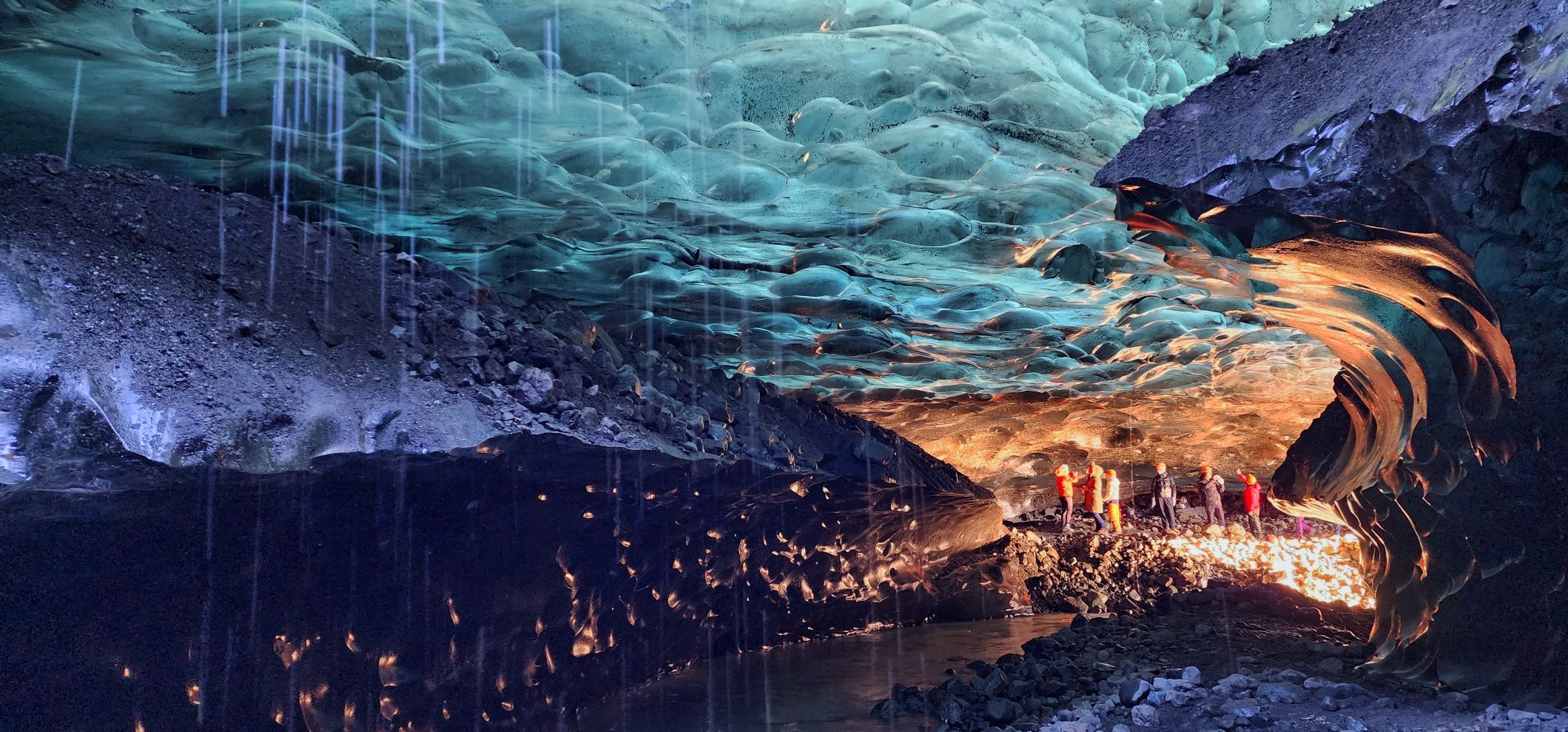
How to dress for Iceland in November?
When preparing for a November visit to Iceland, prioritize warmth and versatility in your attire. Layering remains essential to combat the cold; begin with thermal undergarments to retain heat, then add insulating layers like fleece or wool sweaters.
A waterproof and windproof jacket is necessary, while thermal leggings or pants under your trousers provide added insulation. Sturdy, waterproof boots are crucial for navigating snowy terrains, and don’t forget to accessorize with a warm hat, gloves, and a scarf to shield against biting winds.
Opt for clothing that can be easily adjusted for fluctuating weather conditions, as Iceland’s climate can swiftly transition from snow to rain.
By dressing in layers and focusing on functional, weather-appropriate attire, you’ll ensure comfort while embracing the stunning landscapes and outdoor activities of November in Iceland.
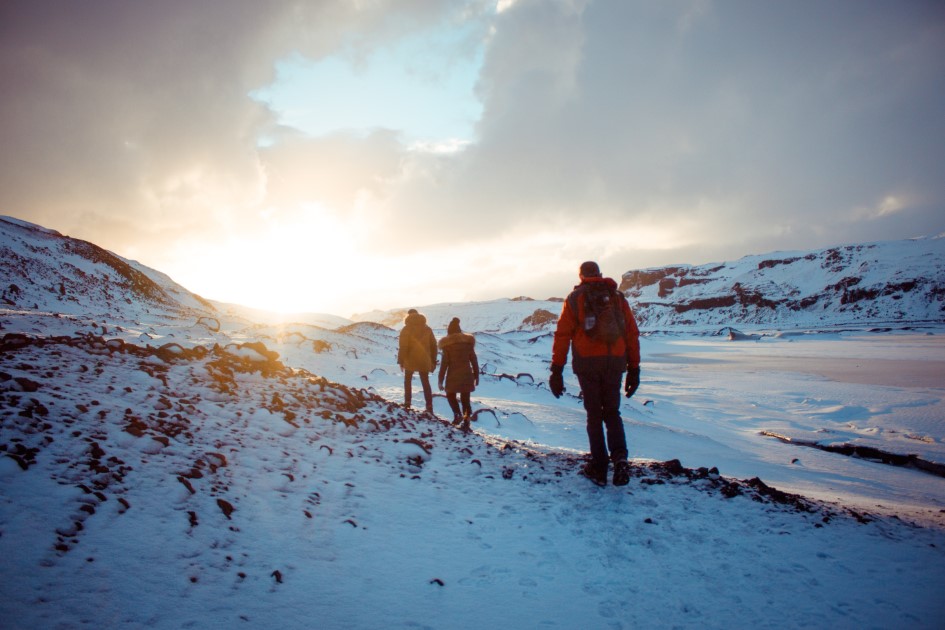
What is the best and safest way to explore Iceland during winter?
As I mentioned, you can have all types of weather in Iceland; sometimes, the weather is extreme here in the North. If you are not an experienced driver or do not want to deal with crazy weather, booking a private tour is the best and safest way to explore Iceland.
When you book a private tour, a local experienced driver will take you to all the places in your itinerary. More than that, they know how to deal with extreme weather and know the roads better.
There are many advantages of booking a private tour during winter, and you will find them all on our blog dedicated to this subject.
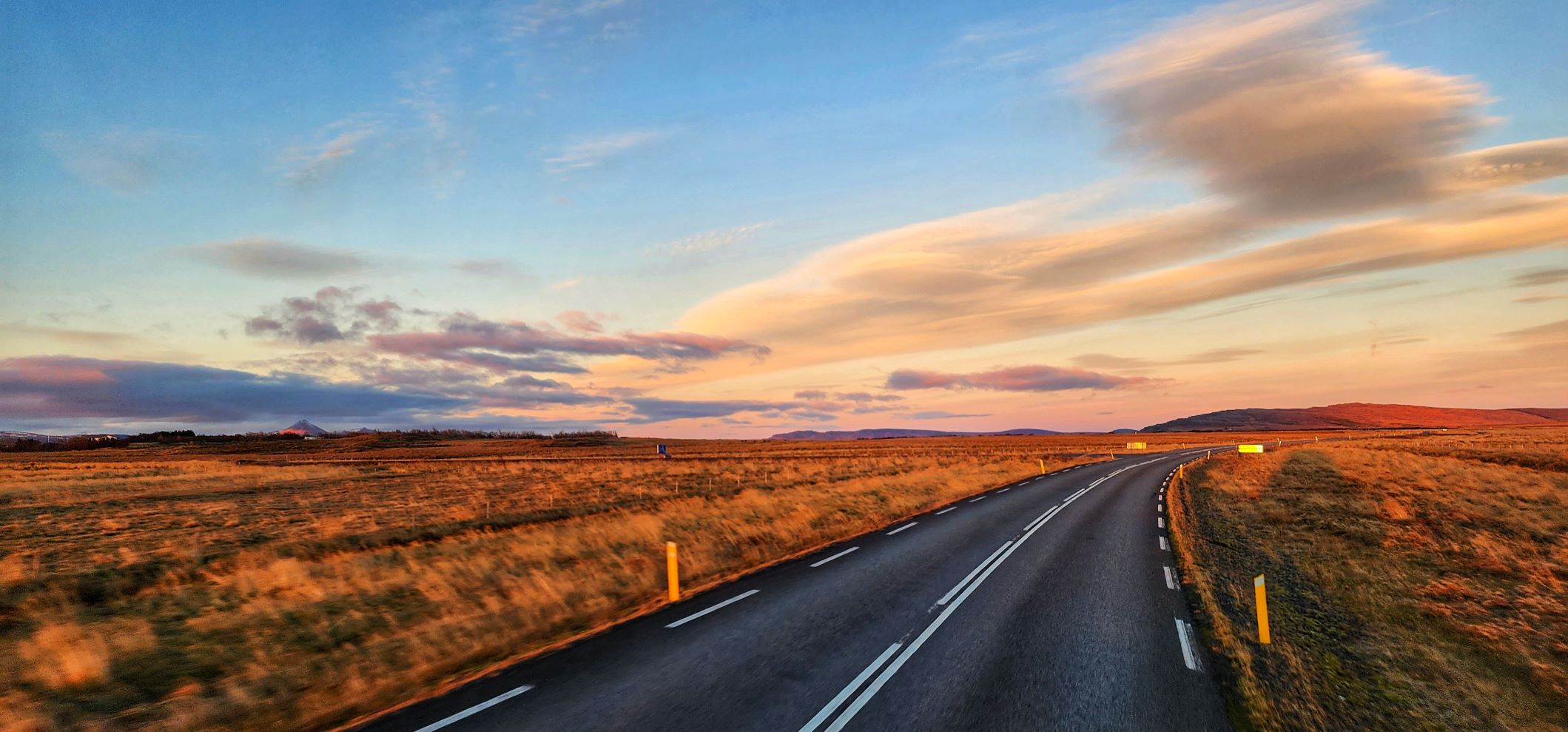
What to do in Iceland in November?
If you want to add more excitement to your trip to Iceland, there are many events and activities you can participate in while you are in Iceland.
Icelandic Language Day
The 16th of November
Icelandic Language Day is a yearly festival dedicated to the Icelandic language. “In Autumn 1995, the Icelandic Minister of Education, Science and Culture, Björn Bjarnason, suggested that one day a year should be proposed to celebrate the Icelandic language, which has been well-preserved in its original form over the centuries, unlike most other languages; and the efforts to preserve this unique symbol of the country.” (Wikipedia)
Activities to do in Iceland in November
Even with a few hours of daylight, you can still visit some of the most known places in Iceland, like the Golden Circle, the South Coast with its stunning waterfalls and black beaches, the Snaefellsnes Peninsula or Reykjanes Peninsula.
If you stay for more than a few days, you can also travel to the northern part of the country and explore some beautiful sights.
During winter, some of the most exciting activities are available, such as Aurora hunting, Ice Care exploring, Snowmobile riding, Dog sledding, glacier hiking, geothermal baths and many more.
Snorkelling at Silfra should be on your bucketlist. Described as one of the top dive sites globally by National Geographic, Silfra is located in the historically rich Thingvellir National Park – part of the famous Golden Circle route. Snorkelling in Silfra is a once-in-a-lifetime transcontinental experience.
The guides will show you what National Geographic has described as one of the top dive sites in the world. As you glide between tectonic plates floating on pure, filtered glacial meltwater, you’ll find out for yourself and tick off your bucket list for the ultimate tour of breathtaking underwater views only available in Iceland in the world’s most transparent waters.
Geothermal baths and hot springs
There is no right time for a geothermal bath. And it is a must-do in Iceland. Check our blog to see the best places to relax like a true Viking and where you can find natural hot springs in Westfjords.
Hunting the Northern Lights (Aurora Borealis)
It is the beginning of the dark season, and during November, there is a high chance of seeing the Northern lights, which is essential when you want to “hunt” them.
So, if you travel to Iceland in November, take many layers of warm clothes with you because you will most probably be outside in the cold chasing the Northern lights during your stay. It is not a thing to miss.
Experiencing a dog-sledding tour
A dog-sledding tour will be the cutest part of your trip. Our furry friends here in Iceland are ready to give you a memorable experience.
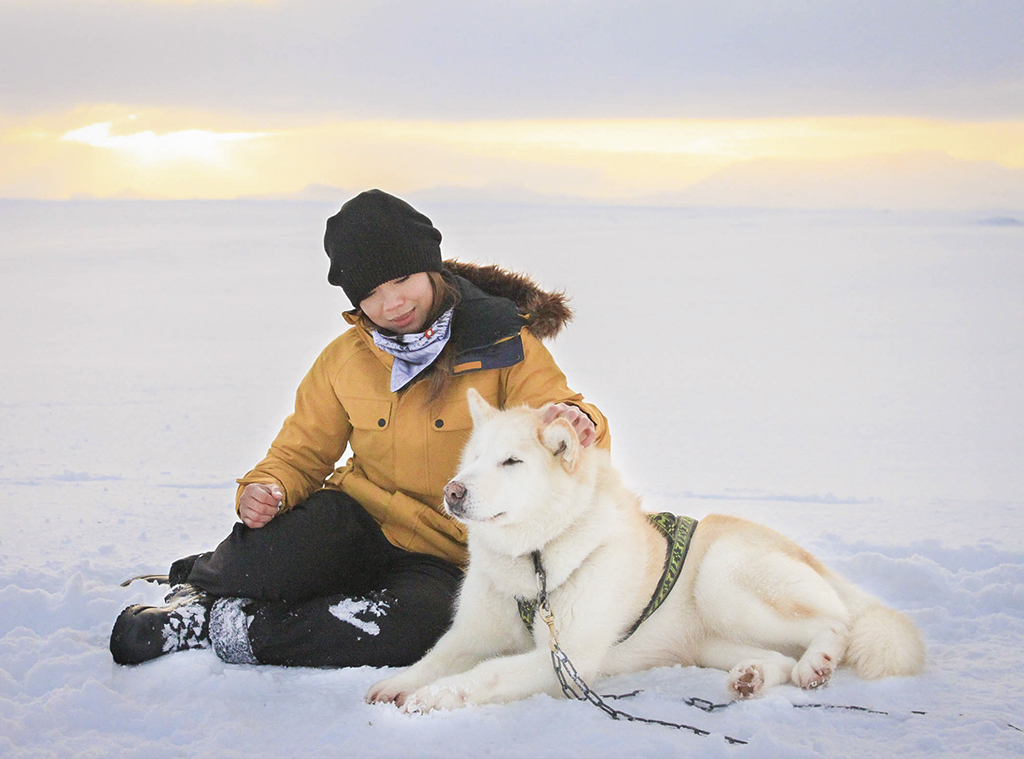
The cold season is the best one for exploring the icy part of Iceland, especially the ones under the glaciers. Exploring a Blue Ice Cave is one of those activities, and I can guarantee that you will never forget it.
Plan and book your tour at the Blue Ice Cave in advance, as many people visit Iceland during winter and want to explore the ice caves.
You can pair the Blue Ice Cave tour with a glacier hiking tour. You can choose a tour either on Vatnajökull, which is the largest glacier in Europe, or you can hike on Mýrdalsjökull, located north of Vík í Mýrdal town.
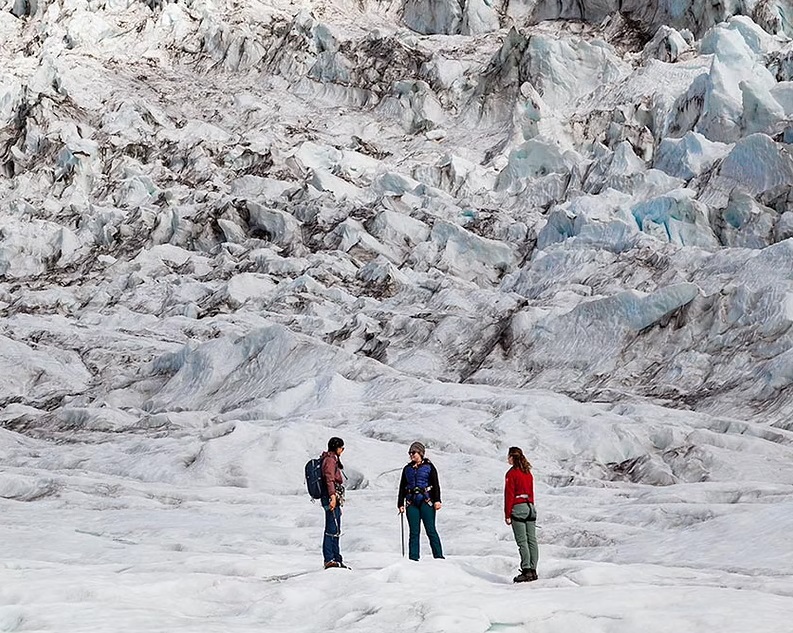
November is mostly a dark month, but if you plan correctly, you can have some of the best experiences here in Iceland. Look at our private tours and let a local show you the most famous places in Iceland.













